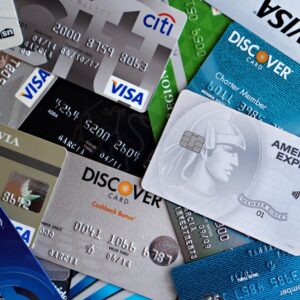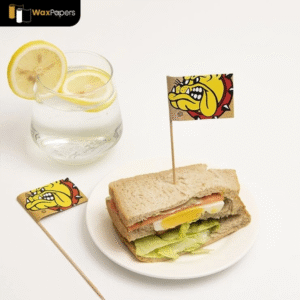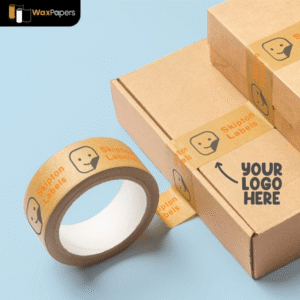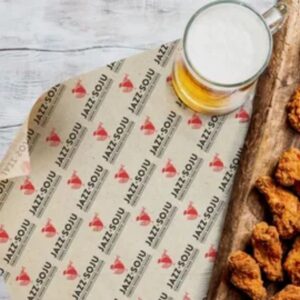Introduction: The Digital Shift in the Food Industry
In today’s on-demand economy, convenience is no longer a luxury—it’s an expectation. From ordering groceries to booking a cab, consumers want instant, digital-first solutions. The restaurant industry is no exception. Customers now expect the ease of ordering their favorite meals from mobile apps, tracking their delivery in real-time, and paying securely with a few taps.
If your restaurant or food business still hasn’t adopted a modern food delivery app solution, you may already be falling behind. In 2025 and beyond, it’s not just about having good food—it’s about how quickly, easily, and reliably you can deliver it.
The Rise of Food Delivery Apps: By the Numbers
- The global online food delivery market is projected to reach $500 billion+ by 2030.
- Over 60% of customers prefer to order food via apps rather than making phone calls or visiting websites.
- Restaurants that implement their own app or use white-label delivery solutions see up to 30% increase in repeat orders.
These stats show a clear direction: customers are choosing brands that offer a seamless, tech-enabled experience. The right food delivery app solution can be a game-changer in this highly competitive environment.
Why a Modern Food Delivery App Solution Is No Longer Optional
Let’s explore how an outdated or non-existent delivery setup is holding your business back—and why upgrading matters more than ever.
1. Lack of Digital Presence = Lost Revenue
If your restaurant is not accessible through a food delivery app, you’re missing out on a huge customer base. Most customers discover and engage with restaurants via apps, not by walking in or searching on Google.
Modern food delivery app solutions ensure your business is visible where your customers already are—on their smartphones. Without that visibility, you’re essentially invisible to a majority of the market.
2. Inefficient Operations and Order Management
Traditional phone-in or website-based orders are not only slow but prone to human error. Miscommunication, missed orders, or manual tracking can frustrate customers and lead to poor reviews.
A modern food delivery app solution automates order processing, streamlines communication between kitchen and delivery staff, and provides real-time updates. This improves efficiency, minimizes errors, and enhances customer satisfaction.
3. No Access to Customer Data or Insights
Without a modern app, you’re flying blind. You can’t track customer preferences, order frequency, or satisfaction levels. This makes it impossible to personalize offers or improve retention.
Modern app solutions offer built-in analytics, giving you valuable data to run targeted promotions, build loyalty programs, and forecast inventory more accurately.
4. Dependence on High-Fee Aggregators
Relying solely on third-party aggregators like Uber Eats, Swiggy, or Zomato can severely impact your profit margins. These platforms typically charge 20–30% commission on each order.
A modern food delivery app solution—either custom-built or white-label—allows you to retain more of your earnings, build your own customer base, and reduce dependency on third-party platforms.
5. Limited Customer Experience and Brand Control
Aggregators control the user interface, customer experience, and even the communication during delivery. If a customer has a poor experience, your brand takes the hit.
By using your own modern food delivery app, you control the entire experience—from branding and UI design to feedback collection and push notifications. This helps build stronger brand loyalty and customer trust.
6. Inability to Scale or Compete
As your business grows, you’ll need more than just basic order-taking. You’ll need features like:
- Real-time delivery tracking
- Promo codes & discounts
- Loyalty rewards
- Multi-location support
- In-app chat
- AI-based recommendations
Only a robust and modern food delivery app solution can support this kind of scalability while maintaining performance and user experience.
Real-World Examples of Digital Success
- Domino’s invested early in app development and now generates over 70% of its orders via digital platforms.
- Chai Sutta Bar, a popular Indian tea chain, scaled rapidly by integrating a custom delivery app with franchise tracking.
- Local restaurants that launched branded apps during the pandemic outperformed those who didn’t, retaining more customers and profits.
These businesses understood that having their own app wasn’t just a tech upgrade—it was a competitive strategy.
Signs Your Business Needs a Modern App Now
- Customers frequently call to ask about delivery options.
- You rely only on third-party apps.
- Order errors are frequent.
- You lack visibility into customer behavior.
- You have no loyalty or rewards program.
- You’re unable to run targeted marketing campaigns.
If you checked even a few of these, it’s time to invest in a modern food delivery app solution.
Final Thoughts: Compete or Fall Behind
In 2025, having a modern food delivery app solution isn’t about being trendy—it’s about staying relevant. With customer expectations evolving and competition intensifying, restaurants that fail to adapt will lose out to those that embrace technology and convenience.
Your food might be amazing, your service top-notch—but if customers can’t access it quickly and effortlessly, they’ll go elsewhere.









